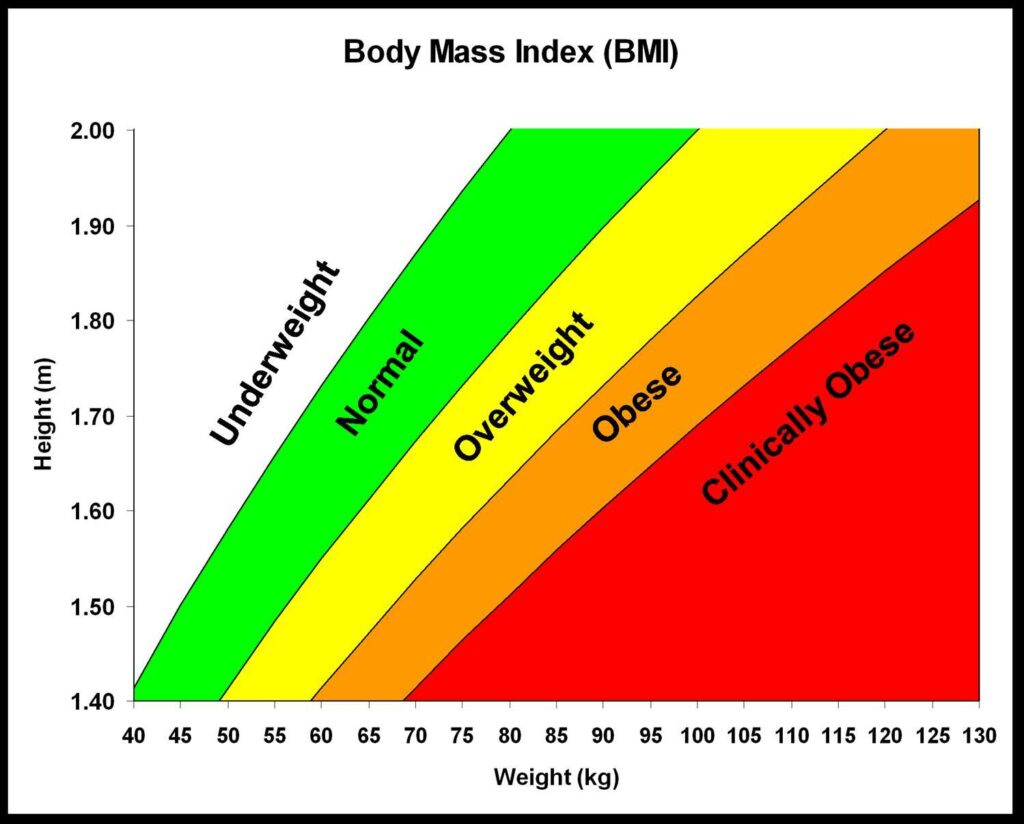At some point, we come to a question about what is an ideal weight to keep. Getting to know about it, some of us start to maintain healthy habits and follow the instructions from experts to achieve ideal body weight. Others just forget about it because it’s tough enough and takes a lot to reach the necessary weight numbers. This means an increased risk of having many serious health problems and diseases.
Yes, making healthy choices aren’t always easy but they are determining for our wellbeing.
Health problems can occur when people are overweight or obese. In this situation, losing even a few pounds can positively affect your health. So, every step will make incremental progress towards improving overall health.
Now let’s learn how to measure your waist to tell if you’re a healthy weight.
Measure your waist
It’s a simple and common measurement used to check for fat held around the stomach.
Let’s start.
Firstly, breathe in and out normally.
Then, measure the midway between the top of your hip bone and the bottom of your ribs by tape. This is usually at your belly button level.
Time to check the results.
For a man whose waist size is over 94 cm or about 37 inches, means an extra fat around the middle. For women, the numbers are different – over 80 cm or about 31.5 inches.
These two circumstances point out a high risk of health disease.
Calculating BMI
To know whether you are within a healthy weight range, you should calculate your BMI – Body Mass Index. It’s calculated by two metrics – weight (kg) and height (m).
BMI= weight (kg) ÷ [height (m)]2
The formula slightly changes when you use pounds and inches. First, you should multiply your weight in pounds by 703. After that, divide the amount by your height in inches, squared:
BMI = (weight (pounds) x 703) ÷ [(height (inches)]2
For example, if you weigh 150 pounds and are 72 in tall:
BMI = (150 x 703) ÷ (72 x 72) = 20.3
What does it mean? Well, here are the weight statuses corresponding to weight ranges.
- Underweight: less than 18.5
- Normal weight: between 18.5 and 24.9
- Overweight: between 25 and 29.9
- Obese: between 30 and 39.9
- Clinically obese: 40 and more
20.3 is between 18.5 and 24.9 which means it’s well within the healthy weight range.
Caution: This calculator shouldn’t be used for pregnant or children.
Here’s an easy way. Use the chart below to know your BMI according to your height and weight.

No matter where you are in your journey, always remember that a healthy body is equal to a healthy mind. When you look better, you feel better and live better.
While there’s a lot of information at your fingertips, start making healthy decisions and achieving “healthy” goals. Pay close attention to your health and maintain a healthy weight over the long haul.







